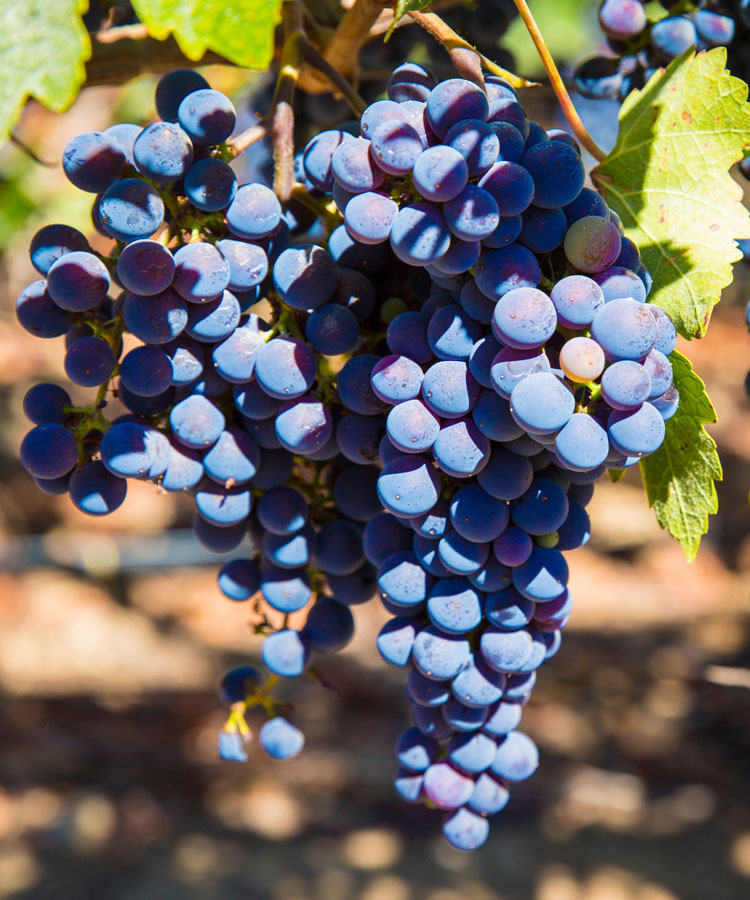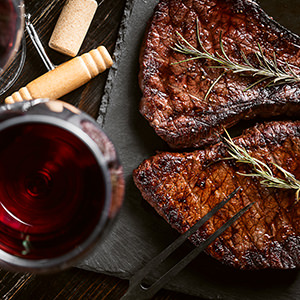
Hugging the Pacific Coast of South America, Chile has for decades ranked as a must-visit destination for in-the-know oenophiles. The country’s unique combination of varied terrain and climate — everything from cool, high-altitude mountains to sun-soaked sprawling coastlines to dry desert plains — has proved immensely favorable to an astonishing variety of wine grapes. In the hands of knowledgeable vintners, this fruit is transformed into everything from tart, mineral-forward Sauvignon Blanc bursting with citrusy notes of grapefruit and lime, to smoky Cabernet Sauvignon lush with peppery notes of cherries, black currant, and plum.
For decades now, the wine-buying world has been well aware of Chile’s charms, leading to a quadrupling of Chilean wine exports in the last decade. Drawn to high-quality vintages with complex flavor profiles, drinkers have come to expect from Chile wines with striking acidity. From the Casablanca and San Antonio valleys come Sauvignon Blanc and Chardonnay; deep red Carménère grapes thrive in the Rapel and Colchagua valleys; and inky Cabernet Sauvignon is found in Maipo, Curico, Rapel, Maule, and Aconcagua. Other grapes are scattered all over: Pinot Noir, Malbec, Merlot, Syrah, Pais, and Moscatel de Alejandria shine. The sheer variety of Chilean wine is astonishing.
And yet, few wine drinkers know much about the science behind their favorite Chilean vintage. There are so many unique factors that can alter the taste of Chilean wine, from the altitude at which grapes grow to the type of vessel in which the resulting wine is aged. Need some help understanding? Learn more in the infographic below.
This article is sponsored by Wines of Chile. Love Wine, Love Chile.


